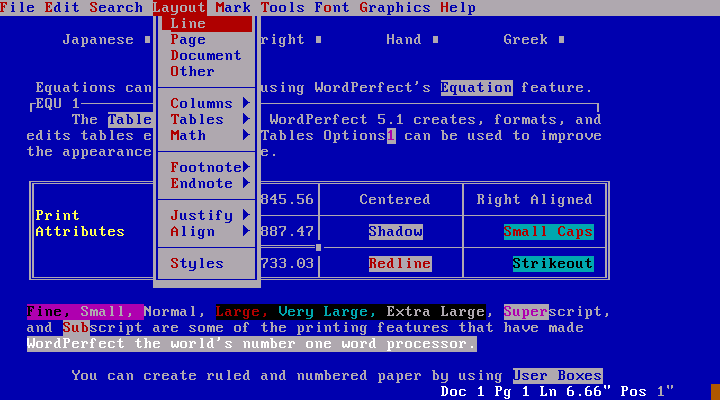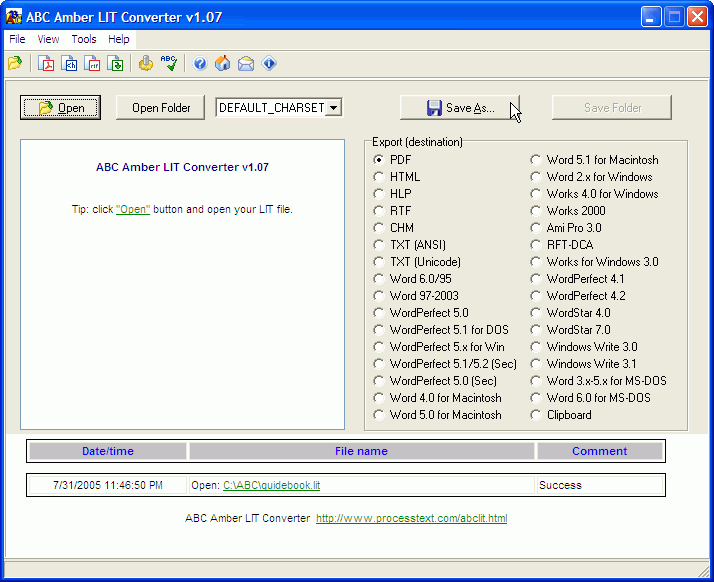

are almost all huge complex codebases that the NSA has tons of zero days for. Right now every single computer is backdoored by the governments of the most powerful countries: we have Intel MEs and AMD PSPs in the hardware, and the frameworks everything uses - Linux, OpenSSL, etc. I dreamed for a while about creating a MHz-level processor from the ground up with an open hardware specification and creating a simple kernel + OS to run on top of it, with new secure protocols for networking (websites, not reinventing TCP/IP) and communications (email). MHz level stuff works for 'work' that normal people do - writing documents, emailing, etc. The idea is to run it on the PineTab Linux tablet. A lot of the work is in ripping out the unnecessary features and making it touch friendly.

I'm currently (slowly) working on a Window Manger for X11 which tries to bring back some of these ideas but for modern devices: It's built on top of wm2 (which itself has roots going back to Bell Labs plan9).

I do look in disappointment though at text editors, window managers, file viewers, etc - that despite having much more computing power, offer not many more features but still eat tonnes of resources. And also remember the efficiency of systems such as web servers, todays average usage would be a DoS attack of the past. I know we could already do these things on lesser machines, but there is no doubt that the level of which they are currently done could not be replicated on a lesser machine. games, video editing, neural networks, etc.
#WORDSTAR MS DOS DOWNLOAD SOFTWARE#
I do also, but then I do have to pinch myself and remember some of the cutting edge software that really does make use of the hardware - i.e. > our GHz computers, we were doing previously with old MHz > I've long observed that almost everything we are doing with (Note: dosemu2 doesn't require virtual 8086 mode, so it works fine on x86-64) You could write it in some form of markup, html, TeX, markdown, whatever, but if I'm just trying to format a document I prefer a word processor. You could use a text editor, but it's not ideal for layout because it doesn't understand things like proportional font geometries - you need that to know how lines/glyphs will fit on the physical page when it's printed. I know about wordgrinder but it's very very basic. I'm not aware of any other full-featured modern word processor that can run in an xterm. It can import TTF fonts and print to PostScript, which I just pipe into ps2pdf and then handle on the host. I find this technically impressive and makes a lot of old DOS software indistinguishable from native linux software stdin/stdout, parameters, host filesystem access, etc all work transparently. It works beautifully under dosemu2, which has a terminal mode that can translate various VGA modes into S-Lang calls (S-Lang is like ncurses, so no X11 required).

I only use it for writing letters and so on, nothing too serious, but I prefer to stay in the terminal if I can. I use WordPerfect 6.2 for DOS, not for any nostalgia or legacy reasons, just because it's a full-featured and highly configurable word processor that I can use in a terminal.


 0 kommentar(er)
0 kommentar(er)
